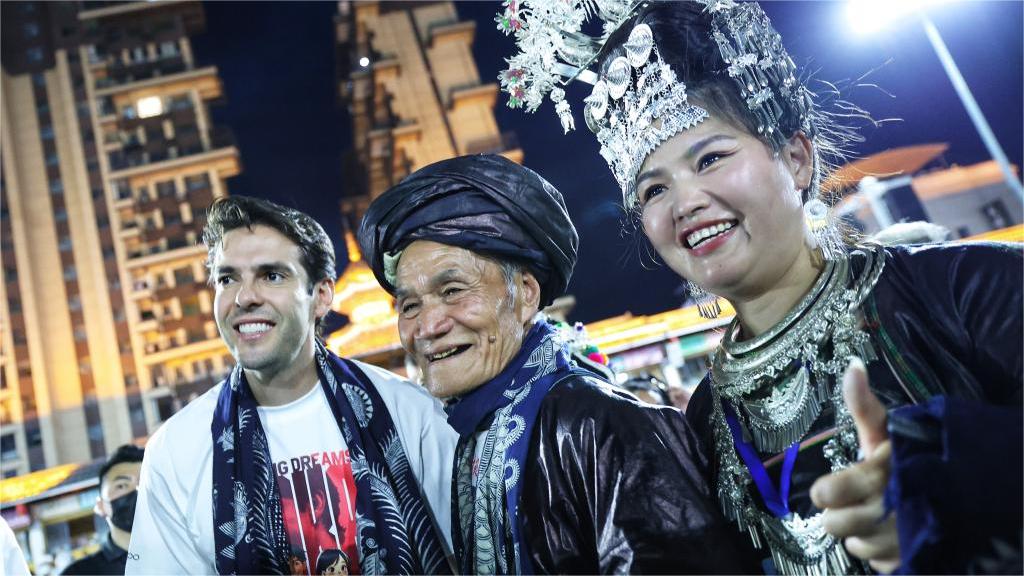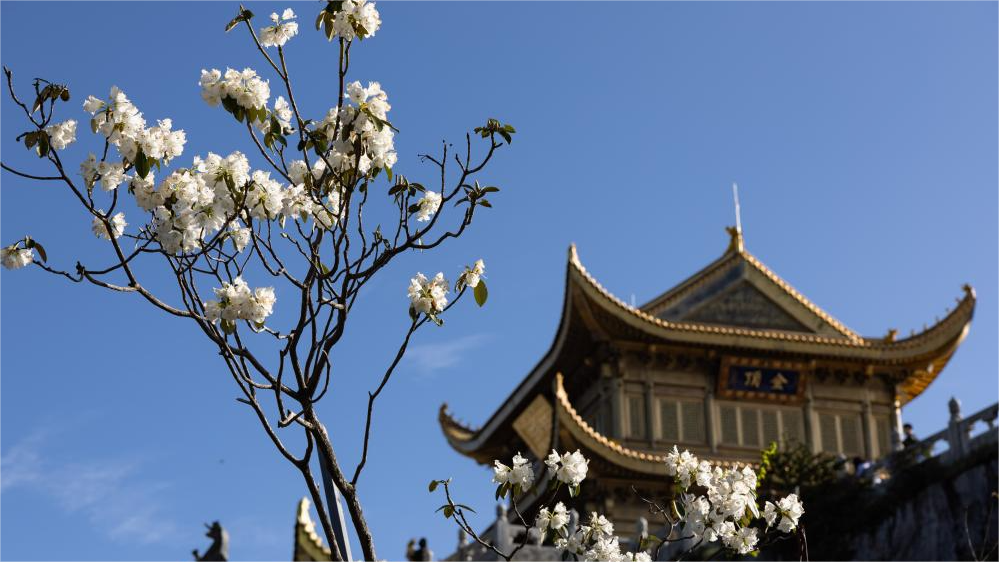Feature: Chinese solar products, technology benefit local hospital in Uganda

A healthcare worker uses solar energy powered medical equipment at Ndejje Health Center IV in the central Ugandan district of Wakiso, on May 23, 2024. (Photo by Joseph Kiggundu/Xinhua)
WAKISO, Uganda, May 29 (Xinhua) -- Power outages once plagued Ndejje Health Center IV, a hospital serving 40,000 people, in Uganda's central district of Wakiso. Surgeons would get stuck in theater. Midwives used to improvise, using phone light to aid births.
Now, the situation has improved, with solar panels transforming the facility, said Geoffrey Kisuze, manager of the health center.
Affordable and increasingly accessible, solar power now ensures uninterrupted services, vital for maternal care and vaccine storage.
"Ever since we got solar, we were able to address the challenges of an unpredictable power schedule," Kisuze told Xinhua in a recent interview.
"Previously, there would be a time when you have no power for a week. Those vaccines would go to waste. With solar, we are able to maintain the cold chain for the vaccines all the time," he said.
Phiona Happy, a mother of two living in informal settlements nearby, said the solar light at the health facility was very helpful when she gave birth to her firstborn, now aged three.
"I developed complications while giving birth, and since it was at night there was no ambulance to transfer me to a bigger hospital," Happy said. "Although there were power outages at the time, the solar lighting helped the medics to perform cesarean section successfully."
She said it has also been a smooth routine whenever she takes her children for immunization, since she is assured of the safety of the vaccines due to the storage facilities at Ndejje, powered by solar panels.
Kisuze, the manager, said the solar panels, mounted on almost all buildings at the health center, and the batteries in the powerhouse are all from China.
Beyond powering health centers, solar energy is making strides across Uganda, from agricultural innovations like solar-powered water pumps to home lighting solutions.
China's solar exports to Africa surged by 187 percent in the first half of 2023, according to Ember, an energy think tank.
Experts have refuted the narrative of "overcapacity" in China's green industry, saying China's solar technology and products are helping low-income countries, especially the off-grid areas.
China has played a critical role in the use of solar power in sub-Saharan Africa where many people live beyond the grid and have no access to electricity, said Peter Tonui, head of policy and regional strategy at the Global Off-Grid Lighting Association, an organization that helps off-grid industry build sustainable markets.
He said most of the solar units, ranging from panels to other components like batteries, installed in Africa are manufactured in China or are using Chinese technology.
Brian Isabirye, commissioner of renewable energy at the Ugandan Ministry of Energy and Mineral Development, said Uganda's solar energy potential is immense, and the country aims to boost its electrification rates, currently among the lowest in sub-Saharan Africa, with solar power.
"Within our generation strategy, we plan to generate up to 12,000 megawatts (MW) by 2040 from solar alone. If you look at about 52,000 MW general generation (in plan) across the country, solar will be the second most important contributor after nuclear energy," he said.
"We look at solar as one of the most important sources of energy for the country because it is clean, it is affordable, it can be distributed through the grid, but also through off-grid," Isabirye added.
According to Uganda's Electricity Regulatory Authority, the country's total installed capacity reached 1,847.5 MW in 2023. Hydropower contributed 1,510.9 MW, or 81.8 percent, followed by bagasse at 8 percent, thermal at 5.4 percent, and solar photovoltaics at 4.8 percent.
Photos
Related Stories
- Feature: Chinese acupuncture therapy offers hope for patients in Uganda
- China helps Uganda fight malaria as global funding shrinks
- China provides funding for school meals to 165,000 children in Uganda's Karamoja
- Chinese construction firm in Uganda provides training for local staff
- Uganda says anti-malarial drugs donated by China to help curb epidemic
Copyright © 2024 People's Daily Online. All Rights Reserved.









